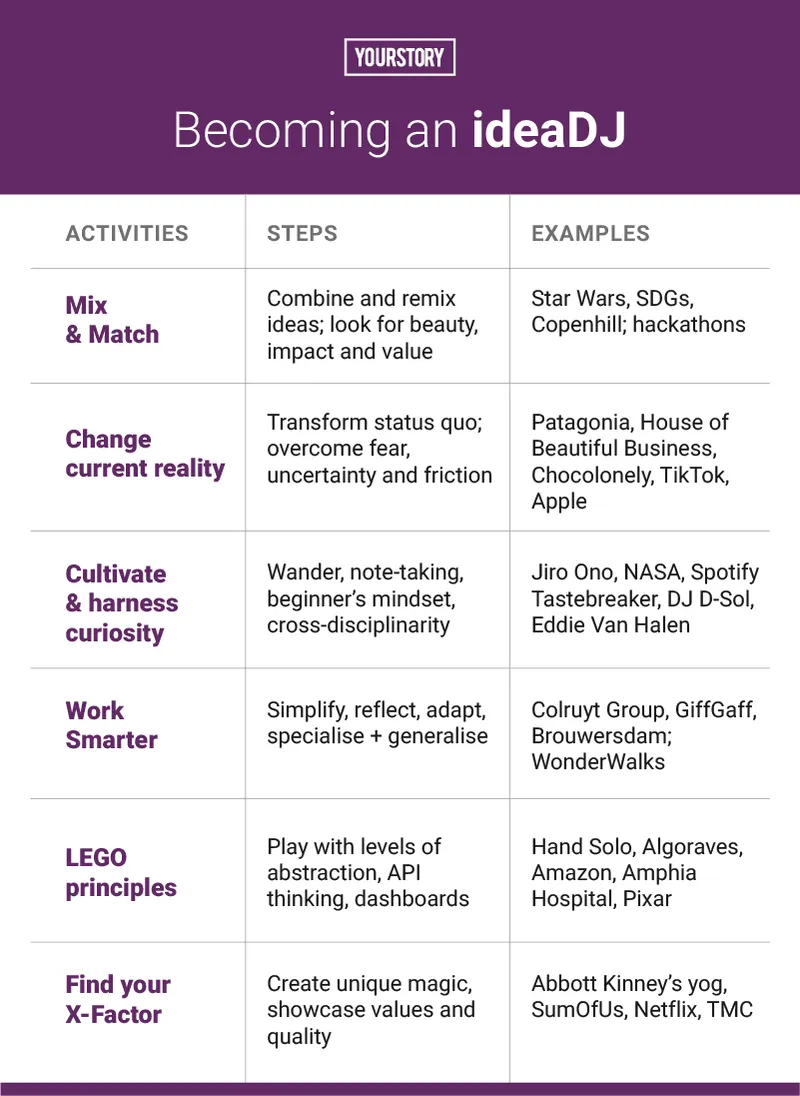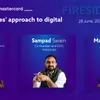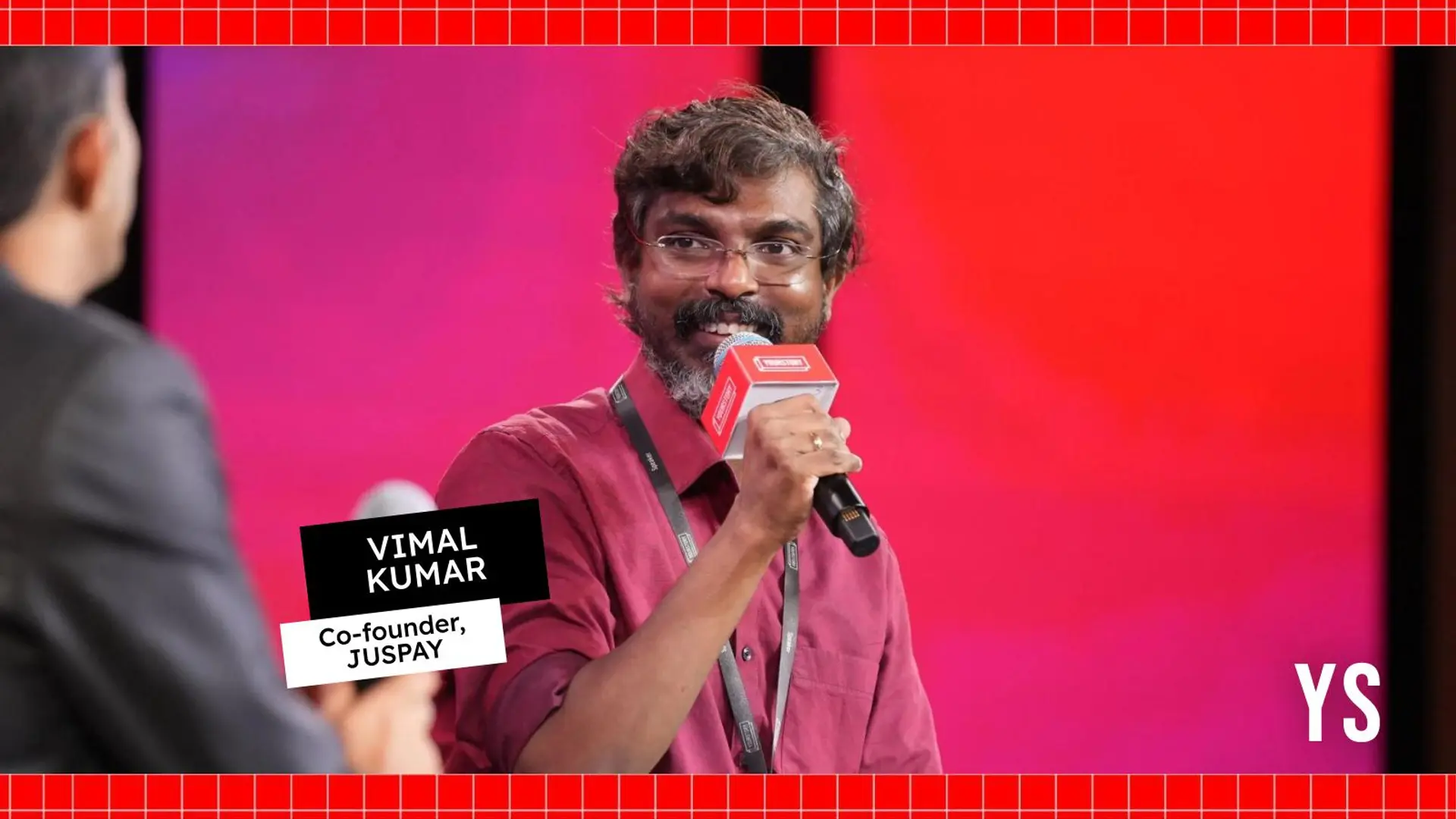Leadership and creativity – how to be a successful ideaDJ and have business impact
This must-read book shows how innovative leaders mix and match ideas from across disciplines. Here’s how you too can combine beauty, value, and impact.
Launched in 2012, YourStory's Book Review section features over 300 titles on creativity, innovation, entrepreneurship, and digital transformation. See also our related columns The Turning Point, Techie Tuesdays, and Storybites.
In a fast-moving world full of ideas and talent, business success comes from being able to mix and match ideas, not just from original ideas.
Becoming an ideas mixologist creates inspiration and impact, as explained in the engaging and entertaining book, Great Leaders Mix and Match: Get ready for the future with the ideaDJ strategy, by Ramon Vullings.
“An ideaDJ is someone who creates impactful and beautiful combinations, which add value,” the author begins. They have elements of a generalist and a specialist.
The book provides a compelling and actionable framework for business creativity, packed with a range of examples beyond the usual suspects. The book’s design stands out, too, with its compact size, use of colour (including colour-coded page edges), QR codes, and even Spotify codes.
Ramon Vullings is an established author and consultant in business creativity and cross-industry innovation. His earlier book is Not Invented Here (see my book review and author interview).
Here are my key takeaways from this provocative 240-page book, summarised in the table below. See also my reviews of the related books Social Chemistry, Future Tech, The Seven Principles of Complete Co-creation, Originals, Non-Obvious Trends, The Serendipity Mindset, and The Creative Thinking Handbook.

Mix and match
Business leaders need to have a remix strategy, the author explains. Creativity involves copying, transforming, and combining ideas, according to cinematographer Kirby Ferguson (Everything is a Remix).
Ramon defines an ideaDJ as one whose combination of ideas creates beauty, adds real value, and generates genuine impact. They are also referred to as polymaths, renaissance people, or inter-disciplinarians.
The beauty is in elegance, warmth, and desirability. The value should be added in terms of profit, people, and the planet. The impact is in actual solution, sustainability, and scale. Put together, the solutions bring out creativity, aesthetics, and viral effects.
For example, the Star Wars movie combines elements of cowboy movies, Japanese sword-fighting, and Taoism. Copenhill is a waste-to-energy plant, which doubles up as a ski slope.
The UN’s Sustainable Development Goal 17 — focusing on global partnerships — speaks to the spirit of an ideaDJ.
Refuse to accept the current reality
Individuals on numerous occasions have questioned and changed local realities; effective leaders do this at scale. Small acts can also nudge people to change their behaviours, Ramon observes.
Creative leaders think out of the box by asking What if questions to frame and visualise better futures. They combine the rational with the intuitive. They are tweakers and learn from experiments. They are also able to see the familiar with a fresh lens (vuja de, in the words of Tom Kelly).
“Your success depends on your ability to look at something people take for granted with a fresh perspective. This is where your inner artist comes in and where many startups come alive,” Ramon affirms.
TED speaker Matt Ridley even explains that sex is the language of ideas, describing how ideas combine to create new ideas.
Typical obstacles to overcome include a lack of knowledge about methods and outcomes and an unwillingness to change. “People don’t really fear change; many are just uncomfortable with the unknown,” Ramon observes.
“Strategy is really about challenging assumptions both within and outside the organisation,” he emphasises. An ideaDJ is adaptable, learns from failure, and can quickly pivot based on new insights.
Success comes not necessarily from being the first but being better, as seen in Google (not the first search engine) and Facebook (not the first social networking platform). Another example is Hoplr, regarded as “the Airbnb for neighbourly help and sharing.”
As outstanding examples, the author cites Patagonia’s commitment to the environment and fair labour practices. Other innovations are food without soil, mobility without cars, and meat without animals. Turkish artist Ugur Gallenhus captures parallel universes of inequality in his artwork.
Chocolatier Tony’s Chocolonely is built on principles of fair trade. The chocolate bars are even divided into uneven chunks to reflect the fact that there is inequality in the world.
Apple’s designs are influenced by the principles of German designer Dieter Rams. The 10 principles are honesty, aesthetics, innovation, unobtrusiveness, longevity, usefulness, environmental friendliness, intuitiveness, thoroughness, and minimalism.
The US Navy decided to adopt Xbox controllers for periscope movements instead of the older controls for their affordability and ease of use (“rip-off and deploy”).

Curiosity is a superpower
An ideaDJ is insatiably curious, and also has the effective online and offline note-taking capability. Sketches and pictures help in visualisation for the wandering mind.
An ideaDJ is a thinker and tinkerer. Creative leaders enthusiastically embrace the beginner’s mindset and dive in deeply. It also helps to engage with people who disagree with you, Ramon advises.
Arthur Koestler, Author, The Act of Creation, defines ‘bisociation’ as domain-crossing associations or combinations of ideas. They have patterns of originality (AH), discovery (AHA), and humour (HAHA).
Ideas from other industries bring in new perspectives and embedded expertise and skills, Ramon emphasises. They can help overcome internal silos of structure, culture, and age. The internet has made it easier to study, curate, and experiment with different kinds of content and ideas.
Having a T-shaped expertise or skills profile is no longer enough. “The tree-shaped person is someone who has a variety of experiences and skills, which make someone well-rounded. This person’s core experience is supplemented by a strong background in more than one field,” Ramon explains.
Examples include Eddie Van Halen, who would tinker with his guitar and came up with a parent for a device to help hold up the guitar so it could be played double-handed. Goldman Sachs’ CEO David Solomon is also a part-time DJ (DJ D-Sol).
NASA conducts regular cross-industry innovation summits. Vlerick Business School has identified talent trends like zig-zagging through knowledge pyramids and careers.

Work smarter, not harder
Effective leaders embrace multi-functionality and integrate processes and goals. “The more you know of many fields, the more you can see the similarities and connections,” Ramon advises.
Creative leaders encourage ideas from new employees (“100 Days” advantage) via insight rewards, buddy systems, and interviews. Ramon cautions that the knowledge growth curve from the eager novice to humble expert also involves a mid-journey phase of overconfidence.
To be effectively ambidextrous, Ramon advises leaders to find the right balances in strategy (exploration/operation), mindset (linear/chaotic), approach (structured/flexible), attitude (intuitive/researched), and culture (freedom/control).
In the copy-transform-combine cycle, transformation can include activities like customise, integrate, expand, enrich, and adapt. “The key is to copy not literally but conceptually,” Ramon cautions.
An effective approach described by Ramon is WonderWalks instead of meetings. It involves shifting subgroups, short conversations, breaks for summaries, and even collection of interesting objects.
Social media can also be leveraged to connect with people outside one’s industry and have insightful conversations. “Be a social butterfly,” Ramon advises – creating the right tribe helps create new idea mixes.
For example, Jef Colruyt has “work simplifiers” in his grocery chain and exposes his leaders to practices like yoga and mindfulness. Mobile operator GiffGaff leverages crowd-sourcing to answer customer complaints and reward solvers (“magneting” rather than marketing).
Browersdam combines flood defence, energy production, and energy restoration. Mercedes-Benz uses cobots to combine precision with customisation. Amazon has a strongly data-driven culture to optimise warehouse operations.
Pastor Rudi Mannaers even regards God as the “DJ of all life” and has hosted dance music, DJs and dancers in some functions.

LEGO principles
Ramon advises leaders to “let go of ego” — to move from ego to LEGO. “Leg godt” (play well) is a good metaphor for “serious play.”
“An ideaDJ can play with levels of abstraction,” he describes. The innovation landscape includes not just products and processes but ecosystems and partnerships.
“A critical skill for the future will be the ability to connect your dots in your special way,” Ramon emphasises. To fairly judge ideas that may seem crazy at first, he advises giving them three full minutes of attention to get past initial biases and reactions.
“Open innovation is an effective way to keep pace with accelerating change,” according to Steve Rader, Deputy Director for the Centre of Excellence for Collaborative Innovation at NASA.
David Aquilar (Mr Hand Solo), who was born with a deformed arm, built his own LEGO prosthetic arm from a helicopter kit. German artist Jon Vormann uses LEGO bricks to repair damaged walls.
Amazon’s “API Mandate” requires service communication via interface calls, thus opening up to the outside world of developers. This software architecture gives business agility.
Pixar’s approach to combat idea killers with idea boosters is based on its “plussing” approach. This additive approach (Yes, and…) focuses on improving ideas rather than rejecting them.
Amphia Hospital uses analytics for integrated capacity management. Its Hospital Control Centre Screens, along with culture transformation, helped deal effectively with the COVID-19 pandemic.
Deutsche Bahn and Ogilvy used algorithms to match German locations with international landmarks (eg. Rhineland, Arizona). This was used to promote local train travel instead of international flights, which turned out to be effective during the pandemic.
The DJ phenomenon called Algoraves (dataDJ) combines algorithms and rave parties.

Find the X-Factor
Success for an ideaDJ comes not just from a new combination but its wow factor. The magical X-Factor draws attention and love from stakeholders and builds on outstanding quality.
To sustain the ping-pong of ideas flow, Ramon advocates finding your perfect “pong” – someone who challenges your thinking and yet gives you energy.
As X-Factor examples, he cites a Dutch nursing home that used customised wallpaper to help remind senior residents which were the doors to their own rooms, based on their former homes. Abbot Kinsey changed its product name to “yog” instead of yoghurt to describe its non-dairy product (“no hurt” to cows).
SumOfUs acts as a global community watchdog to keep companies accountable. Netflix has an employee appraisal process based on what employees should start, stop, and continue doing.
Tech consultancy TMC promotes “employeneurship’ via an entrepreneurial lab for employees and a Youniversity. This helps provides job security along with free-thinking.

The road ahead
The book ends with a description of the ideaDJ’s toolset, accessible on the book’s companion website. For example, the X-Factor checklist includes elements like design, values, and personal attributes.
Data mix practices should include sustainability, social impact, and cross-industry applications. The Business Process Mixer substitutes key phrases with other choices, concepts, or synonyms.
Based on this, leaders can develop their own ideaDJ style. “Start your own ideaDJ crew in your organisation. Connect with other ideaDJs in the community,” Ramon signs off.
The guidebook ends with a list of recommended books (Range), podcasts (Stratechery), and newsletters (The Daily Stoic). There’s also an intriguing list of 25 words related to remix, such as refocus, retool, rehash, and regenerate.
The book is packed with witty and inspiring quotes, and it would be appropriate to end this review with the sample below.
Absorb what is useful, discard what is useless and add what is specifically your own. - Bruce Lee
All innovations are combinations. - Joseph Schumpeter
Being original doesn't require being first. It just means being different and better. - Adam Grant
Every time you spend money, you’re casting a vote for the kind of world you want. - Anna Lappe
In a gentle way you can shake the world. - Mahatma Gandhi
I am no longer accepting the things I cannot change. I am changing the things I cannot accept. - Angela Davis
In the beginner's mind there are many possibilities, but in the expert's there are few. - Shunryu Suzuki
It’s not the experience that counts, it’s reflection on the experience! - John Dewey
Quality is the best business plan. - John Lasseter
We don’t celebrate failure in Silicon Valley. We celebrate learning. - Reid Hoffman
YourStory has also published the pocketbook ‘Proverbs and Quotes for Entrepreneurs: A World of Inspiration for Startups’ as a creative and motivational guide for innovators (downloadable as apps here: Apple, Android).
Edited by Suman Singh



![[Product Roadmap] How CashFlo is using tech to meet the credit needs of more than 50,000 SMEs](https://images.yourstory.com/cs/2/a9efa9c02dd911e9adc52d913c55075e/Imagejl5e-1624602517007.jpg?fm=png&auto=format&h=100&w=100&crop=entropy&fit=crop)








